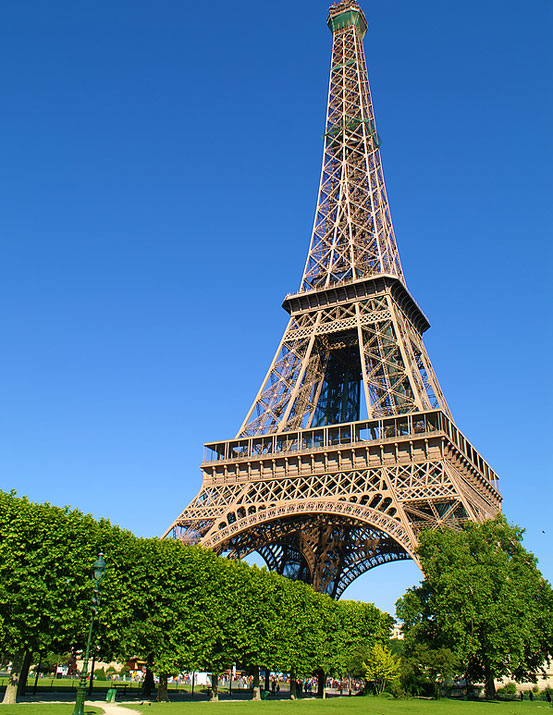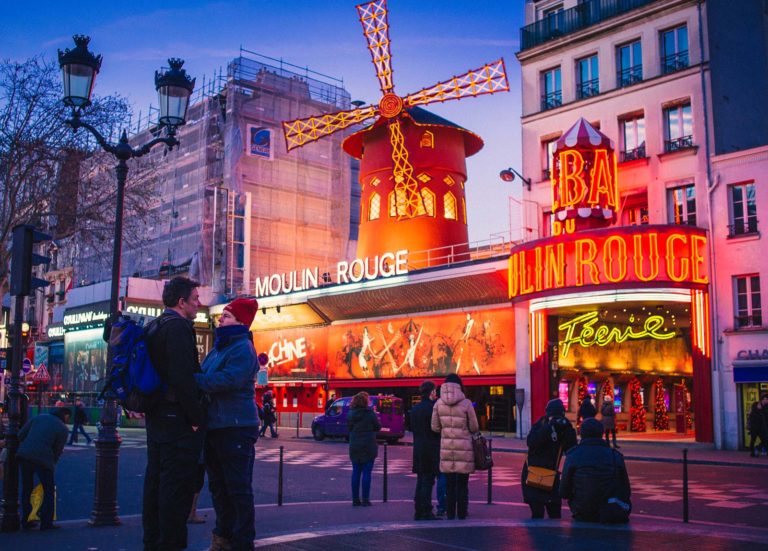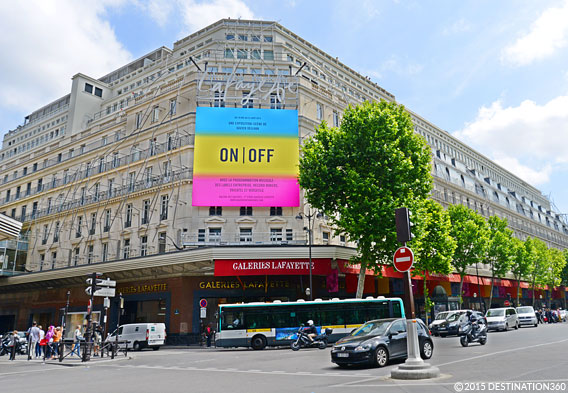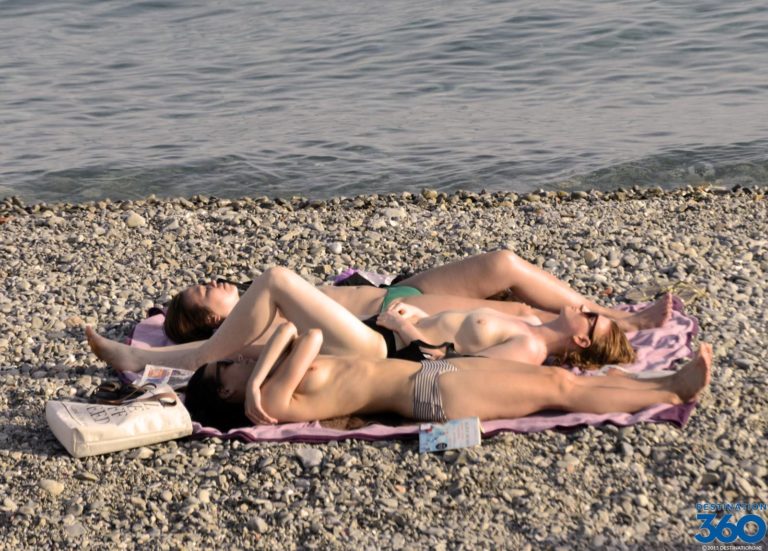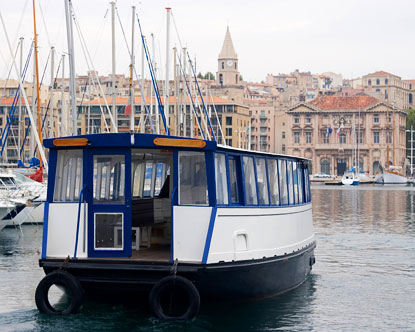French History
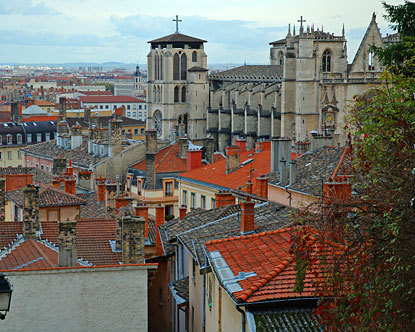
The history of France is deep and varied, dating back thousands of years to prehistoric man, and moving forward to today, where France is one of the leading nations of Europe. Going way back, the first to inhabit what is now France were the Neanderthals. Evidence of these early Homo sapiens was discovered in the late 19th century.
Later, the Celtics Gauls lived in the region from about 1,500 to 500 B.C. Julius Caesar took over around 55 BC. One of the most interesting facts about France is that Lyon grew to become the second largest city in the Roman Empire. France remained under Roman rule until the 5th century. Between the 5th and 10th centuries the dynasties of Merovingian and Carolingian ruled France.
An interesting portion of French history is when William the Conqueror, Duke of Normandy, won several key battles and took the throne of England in 1066. The First Crusade was responsible for many of the great cathedrals that spread through the country. Later, the Hundred Years’ War ravaged France, from 1337-1453, as the English invaded. Joan of Arc attempted to expel the English, and was later burned in Rouen, in 1431, for heresy.
The history of France was forever changed during the Revolution in the 18th century. The general population raided Invalides for its cache of weapons, and stormed the Bastille. Unrest followed, until Napoleon Bonaparte came to power, and untied the French, becoming the most distinguished emperor in French history. During the Great War eight million French men were called to arms. Then, after the Second World War France was in ruins, its cities in desperate need of rebuilding. Today, France is a very modern country, and one of the leaders of Europe.
The history of Paris dates back to Roman times, as the Gauls and the Romans feuded for control of the area around Paris until Julius Caesar came to power in 53 B.C., and defeated the Gauls. During the middles ages Paris was prospering as a mercantile center. Construction of Notre Dame begun in the 12th century, the Louvre was constructed as a fortress, and the Latin quarter began to develop as an intellectual center in the 13th century. The history of Paris was largely influenced by the history of France, as the Hundred Years’ War left Paris starving, and its rulers eagerly embraced the Italian Renaissance, leading to a flourish of art and architecture that makes Paris unique, and continued until the French Revolution.
Facts about France
- Normandy gained its name from Viking settlers and the Duke of Normandy took the throne of England in 1066.
- Bastille Day, celebrated on July 14, 1789, is France’s independence day. In 1789 the citizens of France stormed the Bastille, sparking the French Revolution, and the eventual dethroning of the monarchy.
- France’s National Anthem was the tune sung by the men of Marseille as they marched to Paris in support of the revolution.
- Every July, the Tour de France roars through the country starting in Strasbourg and ending in Paris 2,261 miles later. One of the most unique sporting attractions in the world, legions of tourist line up along the route to support their countrymen, party, and jump about like a it’s midnight on New Years Eve.
- Mont Blanc is the highest mountain in Western Europe.
Facts about France: Paris Monuments & Culture
- The Eiffel Tower tops out at over 1,000 feet, containing 2 restaurants, a souvenir shop, a post office (for that one of a kind postmark), snack bar, and a viewing area.
- Notre Dame Cathedral, France’s most famous cathedral, was started in 1163 and completed in 1330. Pay homage to French author Victor Hugo, and ascend the bell tower for a look at the gargoyles from The Hunchback of Notre Dame.
- The Louvre Museum is one of the largest museums in the world, with over 35,000 pieces of art, housed in a gigantic, 60,000 square feet building. Its most famous piece is Leonardo da Vinci’s Mona Lisa.
- French Cuisine is an exciting and rich experience. There are dozens of different sizes and types of bread. There are hundreds of varieties of cheese produced all over France. Then, of course, come the wine products in seven distinct regions.
